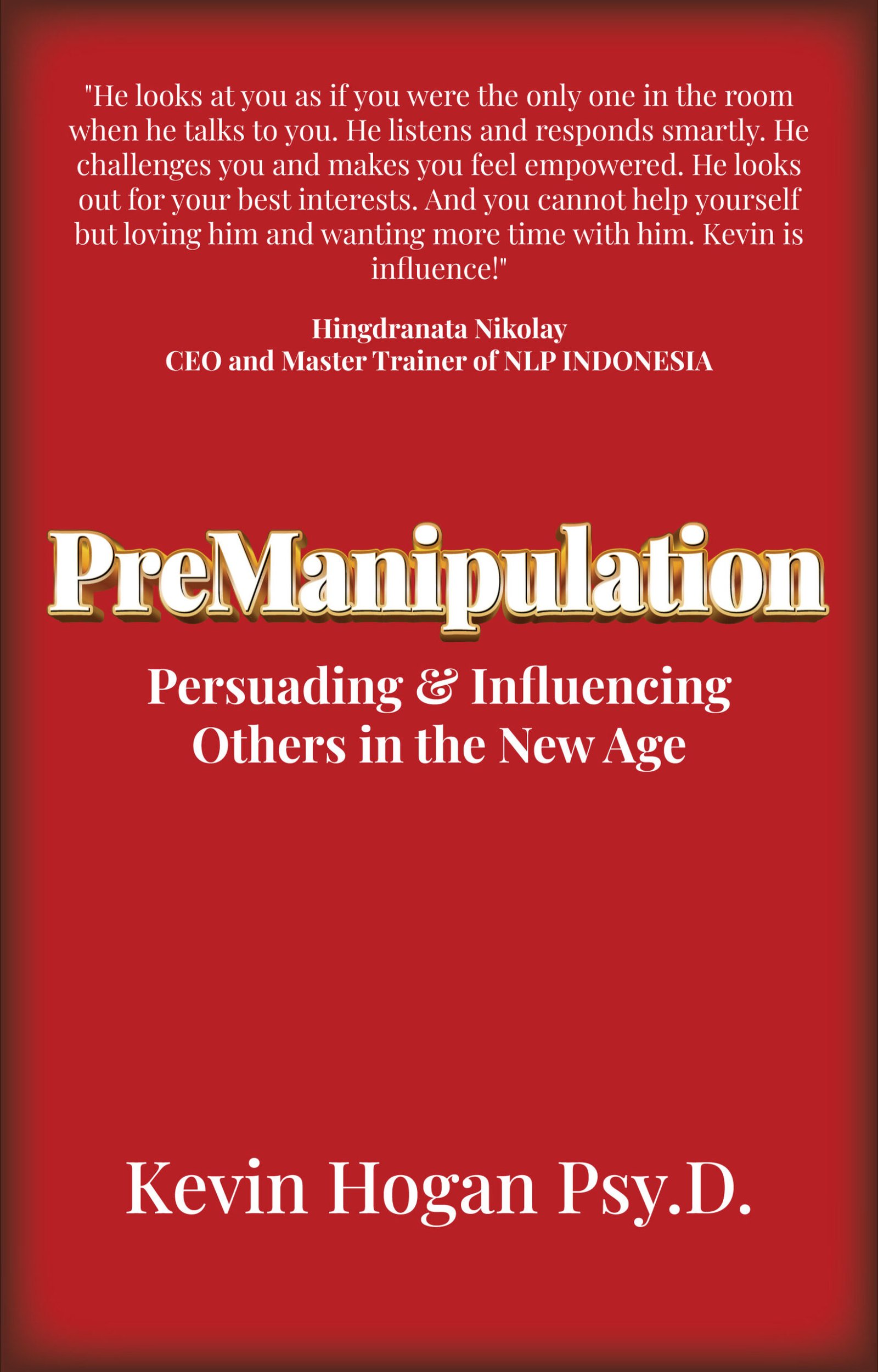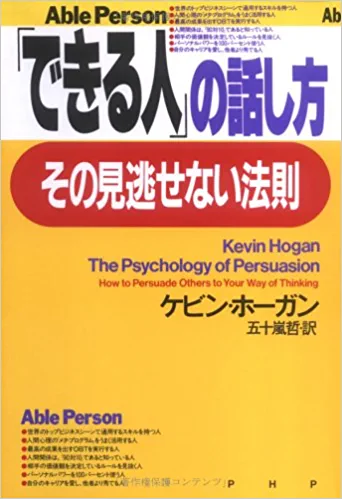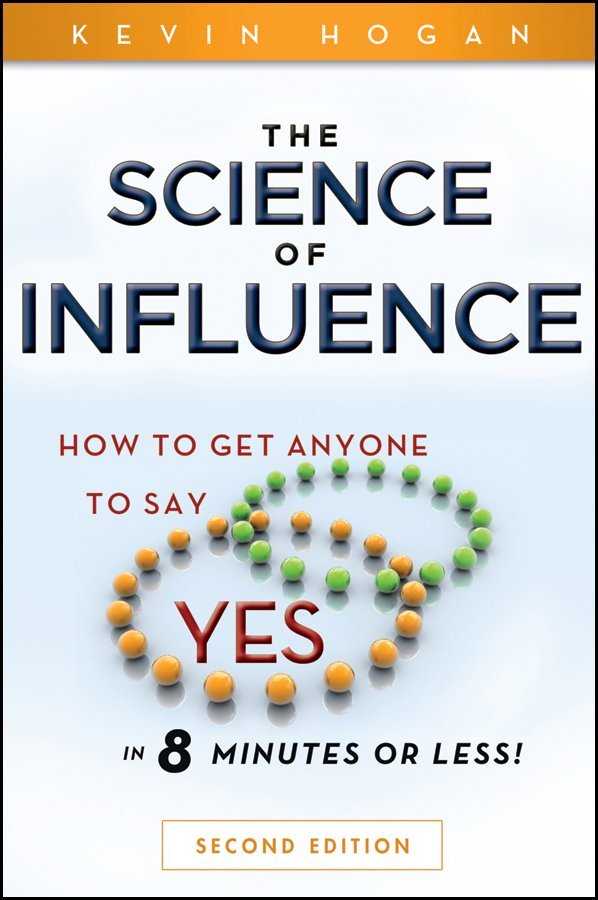Reading body language is very different in the U.S. when compared to an Asian country like Japan.
And this research could be ground-breaking for the next evolution of interpreting and decoding body language.
Read on and you’ll see what I mean…
The Determining Factor for Interpreting Facial Emotions
Research has uncovered that culture is a determining factor when interpreting facial emotions. The study reveals that in cultures where emotional control is the standard, such as Japan, focus is placed on the eyes to interpret emotions. Whereas in cultures where emotion is openly expressed, such as the United States, the focus is on the mouth to interpret emotion.
Across two studies, using computerized icons and human images, the researchers compared how Japanese and American cultures interpreted images, which conveyed a range of emotions.
Basic Emotions Universally Recognized?
“These findings go against the popular theory that the facial expressions of basic emotions can be universally recognized,” said University of Alberta researcher Dr. Takahiko Masuda. “A person’s culture plays a very strong role in determining how they will perceive emotions and needs to be considered when interpreting facial expression”
These cultural differences are even noticeable in computer emoticons, which are used to convey a writer’s emotions over email and text messaging. Consistent with the research findings, the Japanese emoticons for happiness and sadness vary in terms of how the eyes are depicted, while American emoticons vary with the direction of the mouth.
In the United States the emoticons : ) and : – ) denote a happy face, whereas the emoticons 🙁 or : – ( denote a sad face. However, Japanese tend to use the symbol (^_^) to indicate a happy face, and (;_;) to indicate a sad face.
When participants were asked to rate the perceived levels of happiness or sadness expressed through the different computer emoticons, the researchers found that the Japanese still looked to the eyes of the emoticons to determine its emotion.
“We think it is quite interesting and appropriate that a culture that tends to masks its emotions, such as Japan, would focus on a person’s eyes when determining emotion, as eyes tend to be quite subtle,” said Masuda. “In the United States, where overt emotion is quite common, it makes sense to focus on the mouth, which is the most expressive feature on a person’s face.”
Japanese Advantage in Detecting Liars?
The results also suggest the interesting possibility that the Japanese may be better than Americans at detecting “false smiles”. If the position of the eyes is the key to whether someone’s smile is false or true, Japanese may be particularly good at detecting whether someone is lying or being “fake”. However, these questions can only be answered with future research.
These findings are published in the April issue of The Journal of Experimental Social Psychology and are a result from a collaborative study between Masaki Yuki (Hokkaido University), William Maddux (INSEAD) and Takahiko Masuda (University of Alberta).
Now that you understand the differences that exist between the cultures, you see that the differences aren’t necessarily obstacles, they can be helpful to you as you read others’ body language.
In your next installment, you’ll get the scoop on “You Magazine’s” exclusive interview with me on the science of silent communication.
Until next time….






















